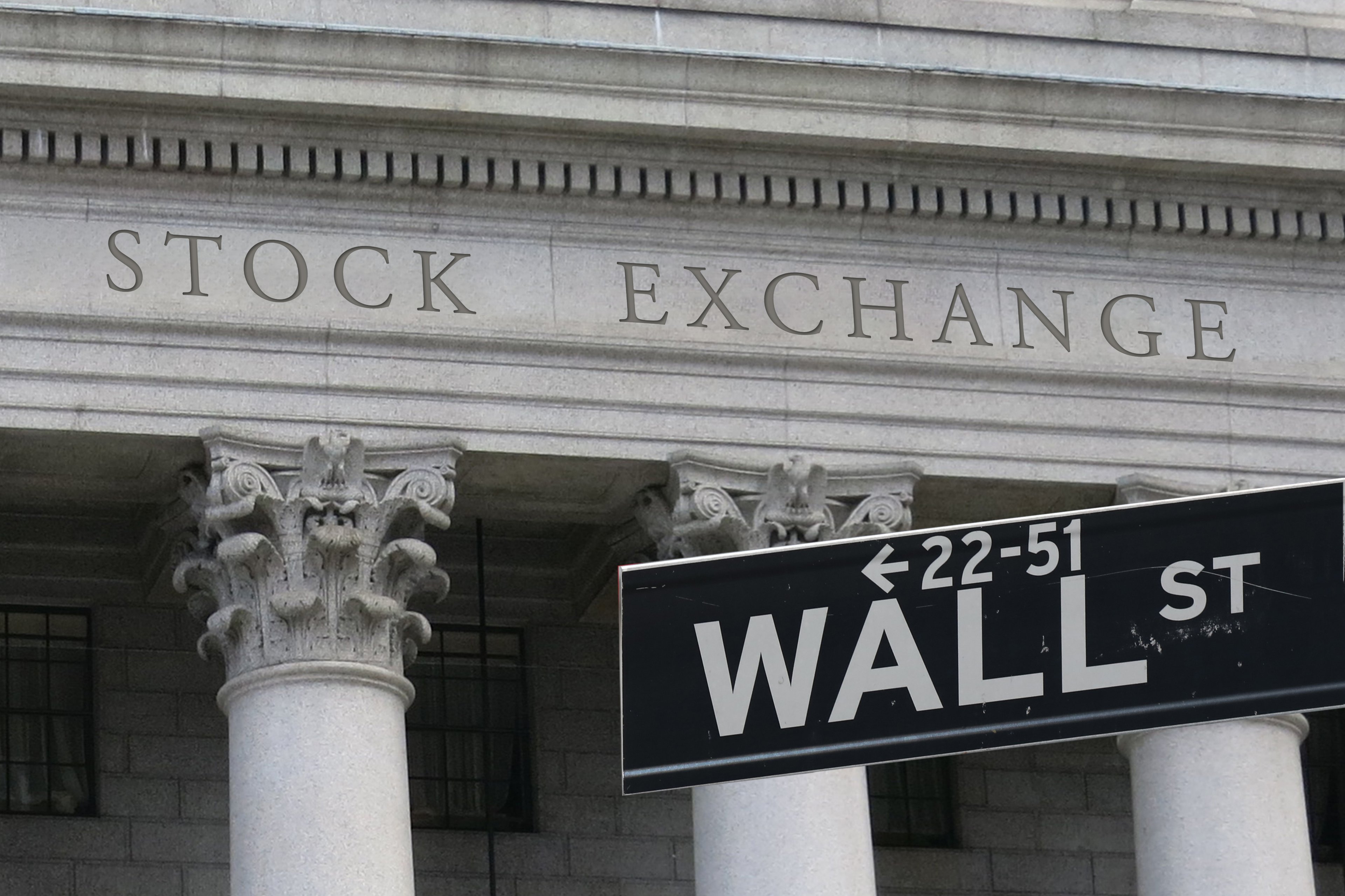
While many parts of the U.S. economy have slowly chugged along, the housing market recovery has recently been a consistent bright spot.
After the values of homes seemingly bottomed out in early 2012, waves of consumers have taken advantage of historically low mortgage rates and refinanced their homes. But now, that once-fervent activity is slowing. According the to the Mortgage Bankers Association's most recent survey, refinancing activity accounted for just 64% of total applications -- down from almost 80% a year ago.
Mortgage origination giants Wells Fargo (WFC 0.04%) and JPMorgan Chase (JPM 0.38%) benefited greatly from the fees associated with originating and selling these mortgages, but with fewer and fewer consumers refinancing as rates begin to rise, banks hope to see an increase in purchase applications to provide an offset to the falling refinancing volume.
The secret sauce
While low interest rates are often the catalyst for heavy refinancing activity, a major factor impacting purchase activity can often be less-quantitative: optimism.
Despite ample research indicating homes are not inherently attractive long-term investments, human nature kicks when the expectation for prices to dramatically rises and consumers find themselves saying, "I need to act now before prices go even higher!" or "My house is going to double in value!" In order for the housing market to continue trending higher, a rosy outlook is essential.
While rosy is great, unreasonable exuberance can be dangerous. With data like the S&P/ Case Shiller home price index, a measure of residential real estate in 20 major cities the U.S., indicating double-digits price gains year-over-year, some investors and pundits are worried consumers may be touting blind optimism and fueling another bubble.
Asking the people
However, consumer expectations have remained surprisingly rational and reasonable. In Fannie Mae's June 2013 Monthly National Housing Survey of U.S. consumers, the average expectation of the home price appreciation for the next 12 months was an increase of 3.8%. Despite doubling from than June 2012's expectation of 1.9%, the expectation for 3.8% appreciation does not stand out as figure picked out by greedy, loony consumers.
To put the 3.8% increase expectation into perspective, according to data provide by Yale professor and housing market guru Robert Shiller, the nominal compounded annual growth rate for U.S. home prices over the last 60 years has been 3.8%.

Source: Fannie Mae Monthly National Housing Surveys and Robert Shiller
While consumer sentiment can be volatile, the most recent expectations appear to be right in line with historical growth rates.
While prices still wallow significantly below 2005 levels, the current trajectory and expectations should be a welcome sign. As my colleague Morgan Housel points out, while the housing crash was massively painful for many banks and consumers, the declines simply reverted real prices closer to the historical average.
While the nominal compounded annual growth rate for U.S. home prices has been 3.8%, the consumer price index (inflation) over the last 60 years has grown at a compounded rate of 3.66% -- leaving real home prices with compounded growth rate of just 0.13% annually, hence the previously statement about homes not being exceptional long-term investments.
Marching forward in the mortgage market
Despite undoubtedly enjoying the spoils of the refinance boom, banks such as Wells Fargo and JPMorgan may welcome a return to normality in the housing market and the consistent earnings stream that can accompany it. As long as expectations remain reasonable and mortgage rates do not violently gyrate, the U.S. housing market can become a source of stability for both consumers and banks.
With the majority of American having their homes as their most valuable asset, value confidence can lead to increase consumer spending and economic activity in the long-run. For the banks, a reliable earnings stream will aid in capital planning (dividends and share buybacks) and investor confidence.
While home prices may not return to pre-crisis highs any time soon, a slow, steady, and reasonable march higher can be a quiet economic boon.
You can follow David on Twitter.








